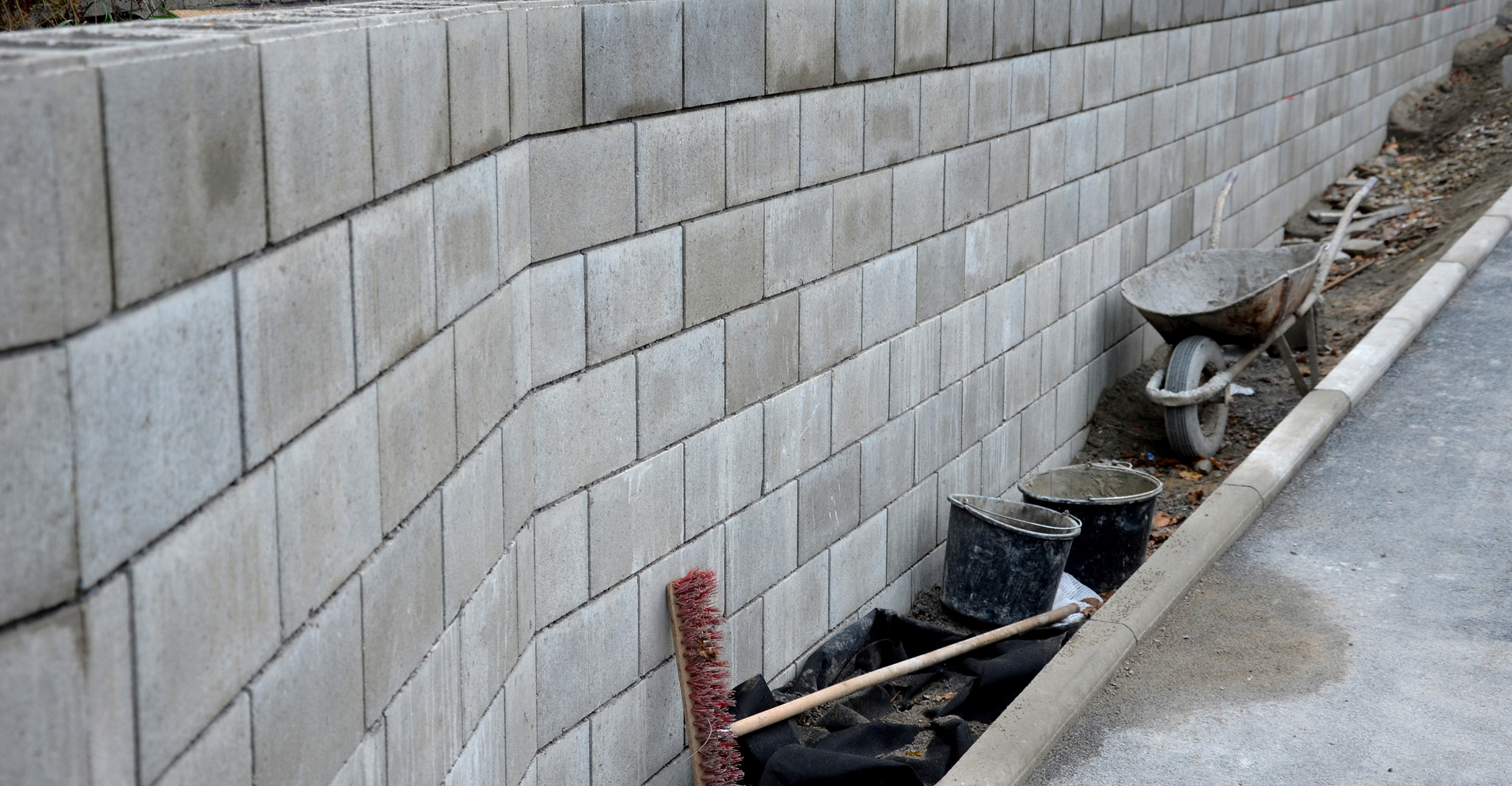
What are the different types of retaining walls?
Retaining walls are an important aspect of any structure. It is an individual wall that is designed to deal with the impact of lateral soil pressures. If soil, liquid, sand, and other earth pressures were to push toward the retaining wall, it would absorb the impact. This essentially protects a building or structure from those lateral movements. So, what are the different types of retaining walls available today?
An MSE retaining wall
One of the more common (and economical) retaining walls used today is the MSE. The mechanically stabilised earth wall is incredibly popular. An earth retaining wall is established and supported (mechanically) through reinforced plastic mesh or metallic strips.A gravity retaining wall
These retaining walls are huge because they require a large gravity load to counteract the soil pressure. A gravity retaining wall, however, is quite a popular choice. It is constructed from stone, masonry, and concrete and is economical in many ways.The gabion wall
A gabion retaining wall is ideal for those building on slopes. If you need to stabilise steep drops, the gabion retaining wall is ideal. It is great for erosion control and is made from wire mesh boxes. These boxes are filled with rocks and other sustainable materials.Crib retaining walls
A crib retaining wall is made from interlocking concrete or timber boxes. These boxes are filled with crushed stones and are ideal for planter areas. The crib retaining wall is also a type of gravity wall. There are, however, many types of retaining walls, including:- Cantilever
- Anchored
- Piled
- Counterfort
- Hybrid

